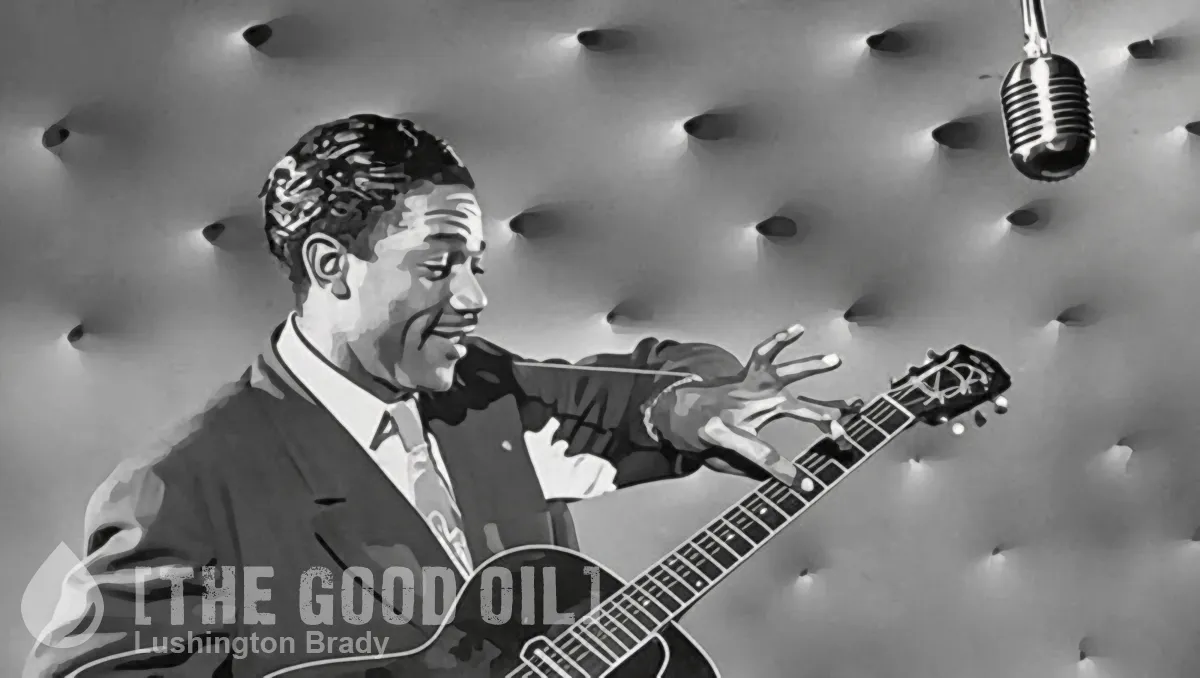“She may be young, but she only likes old things. She likes the simple life, captured in black and white”
– Death Cab for Cutie, “Monday Morning”
Our local supermarket and dairy company have recently teamed up to offer something most of us haven’t seen in decades: milk in glass bottles. To combat plastic waste, consumers one-off buy empty bottles that they can then wash and re-fill from a tap at the store. It’s not just nostalgic for those of us of a certain age: our kids agree that there’s something unique and charming about milk from glass bottles.
They’re far from alone among their generation in yearning for older ways of doing things. When Neil Young launched his doomed Pono music player, he declared that, “Kids are sick of buying air.” Which is strange, given that the Pono was just another digital storage device. Nonetheless, Young had a point: young people are rediscovering physical media.
From vinyl records to DVDs and ‘dead tree’ books, younger people are realising that owning nothing is not exactly the path to happiness that Klaus Schwab would have them believe. If young Japanese are any guide to future trends, the passion for physical media may next see a revival in the film camera.
Keita Suzuki leads a group of young analogue photography fans around a coastal city in Japan, stopping to snap pastel hydrangea blooms with bulky vintage film cameras […]
Instead of pressing a smartphone button, more and more young people “want to experience the original act of taking a photograph: winding the film up, looking through the viewfinder and releasing the shutter,” Suzuki says.
At the wedding of some Millennial-age relatives a couple of years ago, one of the big hits was a pair of Polaroid cameras, with guests encouraged to snap photos through the night. These weren’t antique models, either, but brand-new.
But while the Polaroids were new models, big Japanese camera brands such as Pentax stopped making film cameras nearly 20 years ago.
For those of us who grew up with film cameras, the big attractions of digital photography was not just the ease of taking hundreds of photos, but the instant results. Gone were the days of sending film off and anxiously waiting days or weeks to see the results (let alone having to set up a home darkroom).
For these young Japanese enthusiasts, though, those limitations are part of the attraction.
Another “beauty” of film photography is that with limited physical film, you must think carefully about which memories to “lock in” to each photograph, he said.
Suzuki advertises his tours on social media and has seen a growing interest from teens and 20-somethings loading 35mm film and taking it to be developed for the first time.
Yuriko Yamada was one of around 20 people who joined a recent gathering in Kamakura near Tokyo.
“Digital photos are clear and clean, but film ones have faint, soft colors, which I prefer,” the 34-year-old said.
“It takes time to see the final product, but I really enjoy the process,” she added. “It feels nostalgic.”
I understand perfectly what she says. Aside from Dad’s classic ’80s vintage Pentax K1000, I also have his 1950s Voigtländer. I have long yearned to source some 120mm monochrome film and try it out. Luckily, the camera is still fully functional (apart from the built-in clockwork delay), because, as many of Keita Suzuki’s group say, parts for old cameras are no longer made.
But Pentax have just launched their first film-model camera in 21 years, the Pentax 17.
The camera has a classic black appearance but takes half-frame photos, meaning a 24-exposure film yields 48 shots, which are portrait-orientated like phone photos.
It has been so popular in Japan that pre-orders sold out, according to manufacturer Ricoh Imaging Company […]
Instant and disposable film cameras made by Ricoh’s rival Fujifilm have also become popular as the trend for sharing old-fashioned photos on social media grows.
Young people are also discovering that there is an indefinable magic to the tactility of physical media. Consider, after all, how often you really look at the thousands of digital photos on your phone or computer, compared to the shared experience of going through a print photo album.
“People enjoy prints as a communication tool, because they spark conversations,” said senior Fujifilm manager Ryuichiro Takai, who is responsible for the Instax business.
Young customers at Popeye Camera, a specialist film photography shop in Tokyo’s Jiyugaoka district, seem to agree.
As Yoriko Yamada says, film photography is “inconvenient, but I feel it’s something new”.









